Reveal the rainforest first camouflage master "dead leaf butterfly"
Author:Return Time:2022.09.22
The dead leaves are commonly known as "dead leaf butterfly" and have a blue velvet -like wings with orange -colored patterns. When it stops close the wings, the gorgeous wings will disappear, turning into dead leaves, and can even simulate the shape of the middle veins, secondary veins, petioles, and even leaves. What kind of genetic mechanism is this magical evolution? The dead leaf butterflies have received considerable attention in multi -disciplines such as classification and morphology, but the genetic basic research on their origin and magical mimic evolution is still lacking. Recently, a study by Zhang Wei team of Zhang Wei, the School of Life Sciences and Peking University-Tsinghua Life Sciences Center, responded to the above problems. [Video please go to the "Return to Park" public account to watch]
Written article | Zhang Wei
In most people's impression of childhood, there may be a scene of butterfly shadow. The gorgeous spots of the butterfly wings are free and agile, opening a beautiful and diverse window for the beginning of the world.
As a completely perverted insect, the butterfly is closely related to its host plant during the larvae period, and is also sensitive to environmental and climate change. It can be used as an indicator species for ecological monitoring. Ecological data accumulation. Looking at more than 18,000 butterfly species, the most impressive thing is the small butterfly wings. The structure of this organs seems to be flat and simple, but it assumes complex biological functions, such as exercise, puppets, enemy enemies, and thermal regulation. The simple but complex butterfly wings are the products of nature shaped. They are driven by stress such as natural selection and sexual choice. Therefore, they are noticed by biologists and become a model of ecological and evolutionary research.
How do we understand the diversity of butterfly wings? What kind of system is selected to carry out research? From beginning to end is a problem. For example, in the Amazon jungle, a bright winged pattern with similar toxic and different species has a similar sleeve butterfly that has occurred in radiation evolution. It is an ideal system for studying species formation, hybridization, and adaptive radiation. In the rainforest of Southeast Asia, the non -toxic jade belt phoenix butterfly shows the bright wing pattern imitating the poisonous phoenix butterfly, but this mimic phenomenon is limited to female butterflies and shows polymorphism. Type 2 (in sexual reproductive creatures, female and male individuals, such as the differences in structure and function), and adaptive evolution have been inspired.
The hidden low -key butterfly focused on this article is easy to be ignored by people and its natural enemies. Leaf is everywhere in nature. The phenomenon of imitating plants in this type of animal has great benefits and exists in the animal world, such as Amazon leaf fish, Malacian leaf frogs, leaf 䗛, leaf 螽蟖, etc., but this article does not affect this article. The protagonist has become one of the most famous and eye -catching leaf -shaped mimic animals.
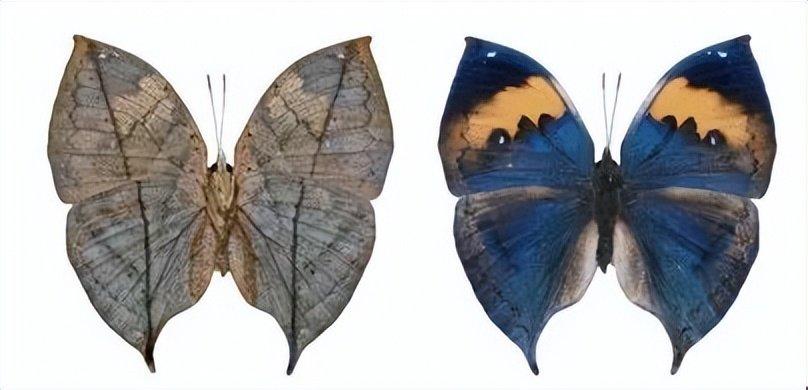
Figure 1 Dead leaf 蛱 butterfly Chinese sub -winged surface. Its wings and abdomen shows a wonderful leaf -shaped surface, and the back shows bright plaques.丨 Picture source: Teng Dequn
A kind of butterfly with different choices of stress on the belly surface of the butterfly wings
The species of dead leaf butterflies are widely known in East Asia and Southeast Asia, and they are famous for their unique winged patterns. When their wings are folding backwards, they cleverly simulate the brown withered leaves. The patterns similar to the leaf -shaped patterns are wonderful, forming elements including the middle veins, secondary veins, petioles, etc. This trait is likely to be driven by natural selection of pressure. And when its wings are flying, it presents the bright wings back pattern, and some dead leaf -like butterflies have a bright spotted pattern. This trait may be related to the puppet. It may be to warn natural enemies, which is the result of another natural choice, which needs to be further studied and confirmed.
As a result, the author believes that the non -symmetrical patterns of the winged back and abdomen are well displayed by the evolutionary of the diversity of phenotypes under conservative development constraints. They can study the shaping of different selection pressure on the phenotype and function.
The evolutionary biologist's attention to the dead leafy butterfly, as early as Wallace's book "Darwinism: Discussion on Natural Selection of theory and some applications" published in 1889, it is believed that they are "butterflies in butterflies. The most wonderful and undoubtedly protective examples "[1]. In more than a hundred years since then, scientists have conducted research on it from a variety of perspectives such as classification, spectrum geography, physiology and form, and believe that its leaf shape phenotype is a product of gradual evolution. The evolution and genetic mechanism of various winged elements laid the foundation.
On August 2, 2022, the author and team members published a research article in the "Cell" magazine, revealing the evolution and genetic mechanism of dead leaf butterflies and its leaf -shaped mimic mimic. By collecting and analyzing the 20 -genus butterfly samples of the Die Butterfly family, the leaf -shaped mimic state was found to be converging evolution in the 蛱 butterfly family, that is, a variety of butterflies evolved independently under similar choice pressure. Multiple species of dead leaf butterflies form a single group, which means that the leaf -shaped mimic mimic of the dead leaf butterfly may inherit their common ancestors.
In the process of collecting samples, the author and team also collected the samples of 6 species in the 11 geographical areas of East Asia and Southeast Asia (Figure 2), although I know no two leaves are exactly the same, But to identify commonality from individual differences, identifying what it belongs is still a great test. However, compared with it, greater difficulties may come from discovering them from those jungle -dense habitats, which is an important prerequisite for conducting in -depth research. Figure 2 The geographical distribution of the dead leafy butterfly collected samples. In the upper left corner of the figure, the collection of three species can be collected, and the samples of a single species are collected at other collection locations.丨 source: reference [2]
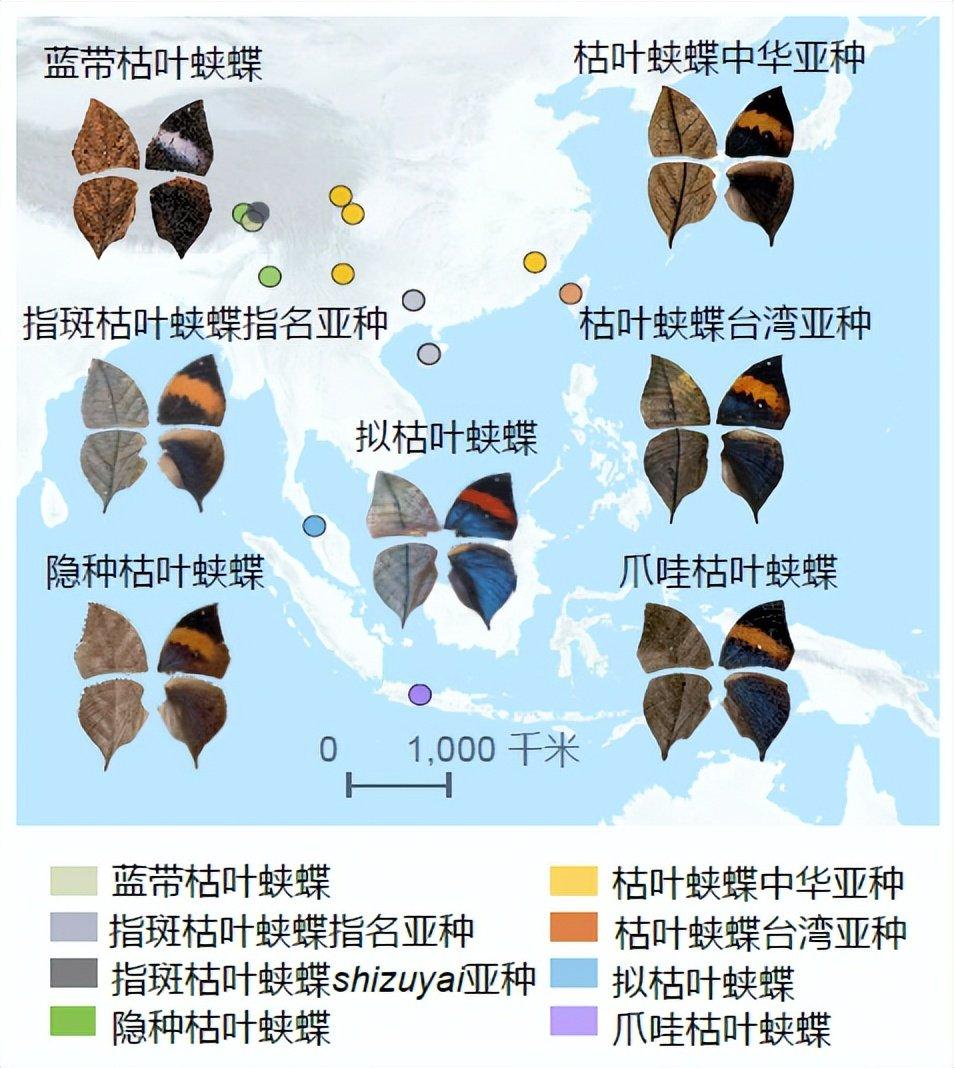
Multi -disciplinary team members have obtained very important clues in the scientific investigation of year after year, that is, at the rainforest in Moqian County, Tibet, at least three kinds of dead leaf -leaf butterflies are species, which is with any other one of the other one of the other. The situation of the area can only be collected in a single species very different. Even so, the ink from the author's eyes still contains too many unknown biological diversity resources, and there may still be unknown dead leaves and butterflies.
Figure 3 Figure 3 Big Fruit Pond in Yaru County, Mo Lu County. Zhang Wei/Photo

East Himalayas is a starting point for differentiation
Moca County is located on the Shandong end of the Himalayan. The world's highest altitude -Yarlung Tibetan Bujiang flowing through the world has formed the longest and most rivers canyon -Yarlung Tibetan Grand Canyon, which opened a barrier to the Qinghai -Tibet Plateau and the Indian Ocean's water vapor barrier. The passage, its altitude drop of thousands of meters also provides a variety of habitats for local biological species. In the rainy season, the Yarlung Zangbo River and its tributaries roar along the valley, as if playing a praise of a life, making the far away from Mira Mountain, Sela Mountain, Galongra Mountain, swept away. Essence In this dense lotus, the origin of the dead butterflies is about to be unveiled.
Figure 4 is about to pass through the Galonla tunnel to the ink. Zhang Wei/Photo

Based on the discovery in Moqin, the author and team proposed assumptions that due to its huge altitude gradient changes in the eastern Himalayas, a variety of micro -loop is formed. That is, the region is a shelter for the belly of the dead leafy butterfly, which survives it during the ice period.
The actual research results confirm the first assumptions. The results of the analysis of systems, population history, and habitat models show that the population of the dead leaf butterfly belongs to multiple species has the same population. Trend, and the eastern Himalayas may provide a relatively suitable habitat for dead leaf butterflies in multiple historical periods.
At this point, the dead leaf butterfly originated in the magnificent environment of the mountains and rivers. The light butterfly wings flew over hundreds of thousands of years, and the starting point of differentiation began in the southeast of the Qinghai -Tibet Plateau. At that time, islands such as Hainan and Taiwan are connected to the mainland through land bridges. Java, Sumatra, Borneo Island, and Thailand-Malay Peninsula constitute the ancient land. By the ancient land bridge during the Dao Glacier, the belongings of the dead leaves and butterflies are further migrated and differentiated. The author's team speculates that some of the currently unique island species are likely to be part of the previous large population. And planting.
In the torrent of this geological drama and climate change, the evolution of the genus of dead leafy butterflies reveals the relationship between mountain biological zone and other low -land biological diversity hotspots. It also provides an important entry point for the formation of species diversity. Essence
Figure 5 is above the Pentium's Yarlung Tibetan River (collecting near Ani Bridge). Zhang Wei/Photo
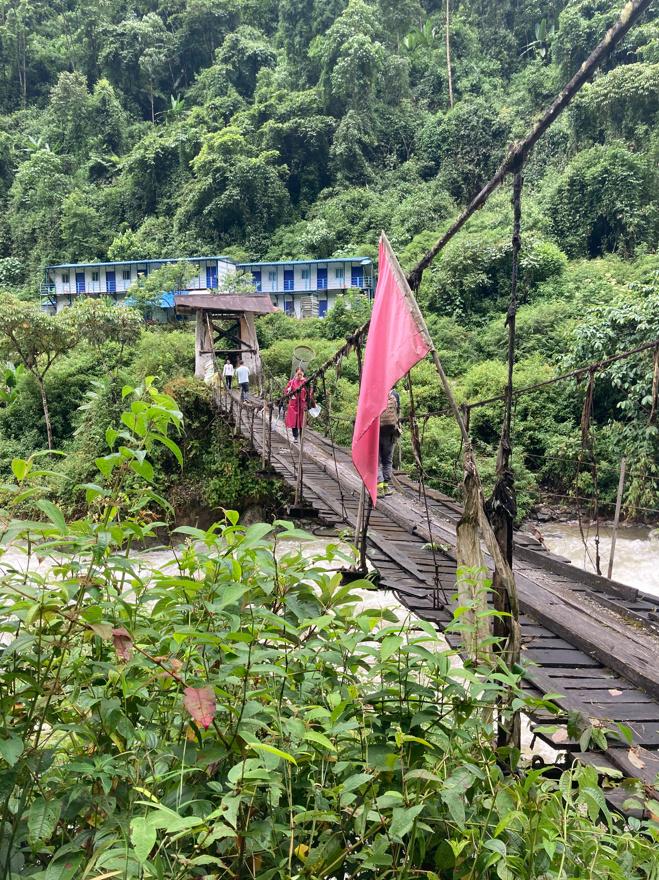
To study a species in depth, we must not only understand its habitats, but also understand its life history. The research team selected the dead leafye butterfly Chinese subspecies, which is like fruit flies, mice, nematodes, and Arabidos must must be a model (selected for scientific research biological species for revealing life to reveal life The general law of science) is that there is no experience to unlock this mode, only many attempts and explorations.
The breeding room is located on the second floor underground. It is stuffy and stable, but it provides a constant temperature and humidity environment for the dead leaf butterfly and its host plant. At least 10 discrete leaves (Figure 6), which further confirmed these 10 types of table type through home experiments, and found that they may be controlled by Memphor monolithic seats, and there may be 5 kinds of genes.
Figure 6 found 10 discrete leaf -shaped surfaces in the Chinese subcate of dead leaf butterflies, speculating that it may be controlled by a Memoder gene seat.丨 source: reference [2]

A gene controlled a variety of mimic wings type
By integrating the analysis methods of a variety of genomics and gene editing, the research team identified a single gene Cortex to participate in controlling this series of leaf -shaped tables, and has 5 multiple types. This not only confirms the previous assumptions, but also discovers that the unbalanced chain between the polymented room is maintained by a variety of mechanisms such as chromosome inverted position and topological association domain. Corresponding to the type of wing surface, the gene shows the expression characteristics related to the development of dead leaf butterfly wings, and its mottled wing pattern also shows the mottled wing pattern (Figure 7).
Figure 7 Based on CRISPR/CAS9 gene editing dead leaf butterfly Chinese subcontments. Cortex genes missing mutants present a mottled winged surface, that is, knocking on the gene may affect the formation of leaf type phenotype.丨 source: reference [2] In fact, this famous Cortex gene is not an equal. As a tool box gene to control butterfly wings development (the genes participating in the development of biological forms and structures), it is also found to participate in the wing pattern of the winged wing pattern that controls the birch -gruel industrial blackened phenotype and the puff butterfly Mu's fascinating wings. ], Have long been built. This type of tool box genes assumes an important role in development, and it is easy to be liked to naturally select stress, and then obtain more regulatory methods and participate in exercising more functions. Taking this as an example, the pair of seemingly contradictory concepts of development constraints and evolutionary innovation can be mediated, which also shows the evolutionary nature of conservative development, which further reveals the possible possibility Generate mechanism.
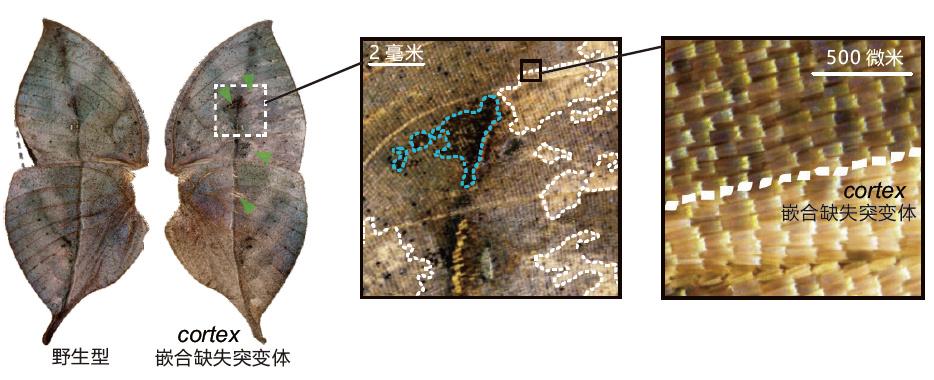
At this point, the genetic mechanism of the leaf -shaped mimic state has been explained in the Chinese and subspecies in the dead leaf butterflies, and to explore how it is the origin and evolution of many species in the dead leaf butterflies, and it will continue to continue the unknown exploration. The author's team found that different leaf type phenotypes exist in multiple dead leaf butterflies, and the wild species of different phenotypes and genotypes in multiple species have different frequencies. To maintain such polymorphism, the author's team assumes that it may be under pressure from natural selection, that is, the long -term balanced selection and the polymorphism can be retained in each species.
If the assumption is confirmed, this will be an exciting discovery. For a long time, the polymorphism of the balanced selection under pressure is mostly common in species with a shorter or different time of the species. The opportunity for genetic information to be inherited to future generations is different. This difference will eventually cause the number of offspring generated by individuals in the population to be lower than the expected level, which causes pressure on the continuation of the population, also known as genetic load.
By classifying and constructing group genetic models of the Cortex genes of dead leaf butterflies, the most suitable model obtained by the team's team to show the leaf -shaped mimic polymorphic selection of the leaf butterfly of the dead leaf butterfly. The natural selection of heavy pressure shaped this exquisite leaf -shaped camouflage.
The secrets of the dead butterfly and its leaf -shaped mimic state have come to an end, and the pace of exploration has never stopped, and brainstorming is just opening. The asymmetry of the butterfly wings and abdomen, the structure of the structure and the pigment of the structure, the color of the wing pattern conversion, the secret species, the unknown phenotype ... and the adaptive evolution, the plasticity of the phenotype, the individual development and the individual development and the individual development and individual development and individual development and individual development and individual development Evolution innovation, species formation, biological diversity generation ... the evolution of life evolution. Since 3.5 billion years ago, all reservations have yet to be re -recognized, and all unknown needs to be continued. This is another new rainy season. At this moment, the Mochi Mountains are in Mochi, and the rainbow and empty mountain birds are Ming after the rain (Figure 8).
Figure 8 is in the rain forest (collected near Dexing Township). Zhang Wei/Photo
The person who chasing butterflies will set off again, for the puppet butterfly shadow, tens of millions of times.

references
[1] WALLACE, A.R. (1889). Darwinism: An Exploitation of theory of Nature Selection with some of its applications.
[2] Wang, s., teng, d., li x., yang, p., da, w., zhang, y., zhang, y., liu, g., zhang, x., wan, w ., et al. (2022). The evolution and diversification of oakleaf butterflies. Cell 185, 1–15.
[3] Nadeau, N.J., Pardo-Diaz, C., Whible, A., SUPPLE, M.A., S.V., Wallbank, R.W., G.C., Marguson, L., Hanly, J.J., ET Al. (2016). The Gene Cortex Controls Mimicry and Crypsis in Butterflies and Moths. Nature 534, 106–110.
Produced: Popular Science China

- END -
Thousands of drones shining talent park!Nanshan District Carrying and Cyber Security Propaganda Week series activities

Maintaining network security is the common responsibility of the whole society.Saf...
[Expert Viewpoint] Pay attention to the "hidden corner fall" in big data -the security of stealth data and their challenges
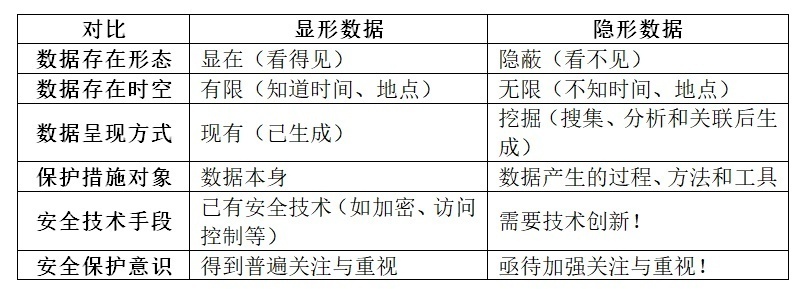
Author: Min Jinghua, CLP Great Wall Network System Application Co., Ltd.Big data h...